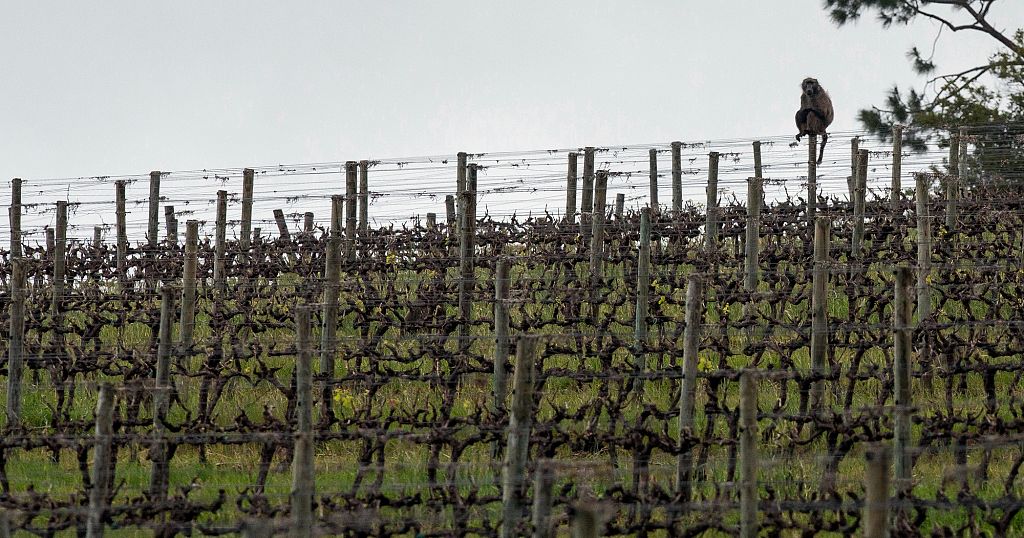Hartenberg Wine Estate, a historic vineyard near Stellenbosch, South Africa, has adopted innovative regenerative farming practices, incorporating cattle, sheep, and ducks to enhance soil health and biodiversity. The estate has become the first in South Africa to receive international certification for regenerative farming, earning the Ecological Outcome Verification from the US-based Savory Institute in 2025.
Viticulturalist Wilhelm Joubert oversees 80 hectares of vineyard production at Hartenberg, where the focus is on soil health and regeneration. The farm’s regenerative viticulture practices aim to restore and enhance the ecosystem, using fewer external inputs. One key practice involves cattle grazing cover crops between vineyards, with their saliva, dung, and urine contributing to soil health. Dung beetles help spread the manure deeper into the soil, while cover crops attract beneficial insects like wasps, butterflies, and bees.
The estate has not used pesticides or herbicides for two years, instead relying on cover crops to retain water and reduce irrigation needs. Sheep and runner ducks also play a role, with the ducks controlling snail and slug populations. This integrated approach has yielded positive results, with preliminary studies suggesting that grape and wine output from cattle-grazed plots may lead to higher-quality wines.
A research project, Regenwine, launched at Hartenberg in 2025, involves 11 scientists and six students from Stellenbosch University. The three-year study aims to address the shortage of scientific data on regenerative viticulture, exploring its potential to create climate-resilient farming practices. Initial findings suggest that regenerative viticulture can lead to lower alcohol levels, higher anthocyanins and tannins, and more structured wines.
Hartenberg’s adoption of regenerative farming practices demonstrates that innovation and adaptation are possible, even for established wine estates. With its rich history dating back to 1692, Hartenberg’s commitment to regenerative viticulture serves as a model for the industry, highlighting the importance of soil health, biodiversity, and sustainable farming practices. As the wine estate continues to refine its approaches, the results of the Regenwine project will provide valuable insights into the benefits and challenges of regenerative viticulture, informing the future of sustainable wine production.
